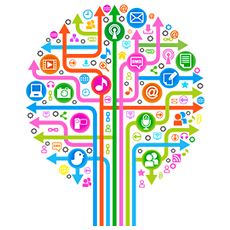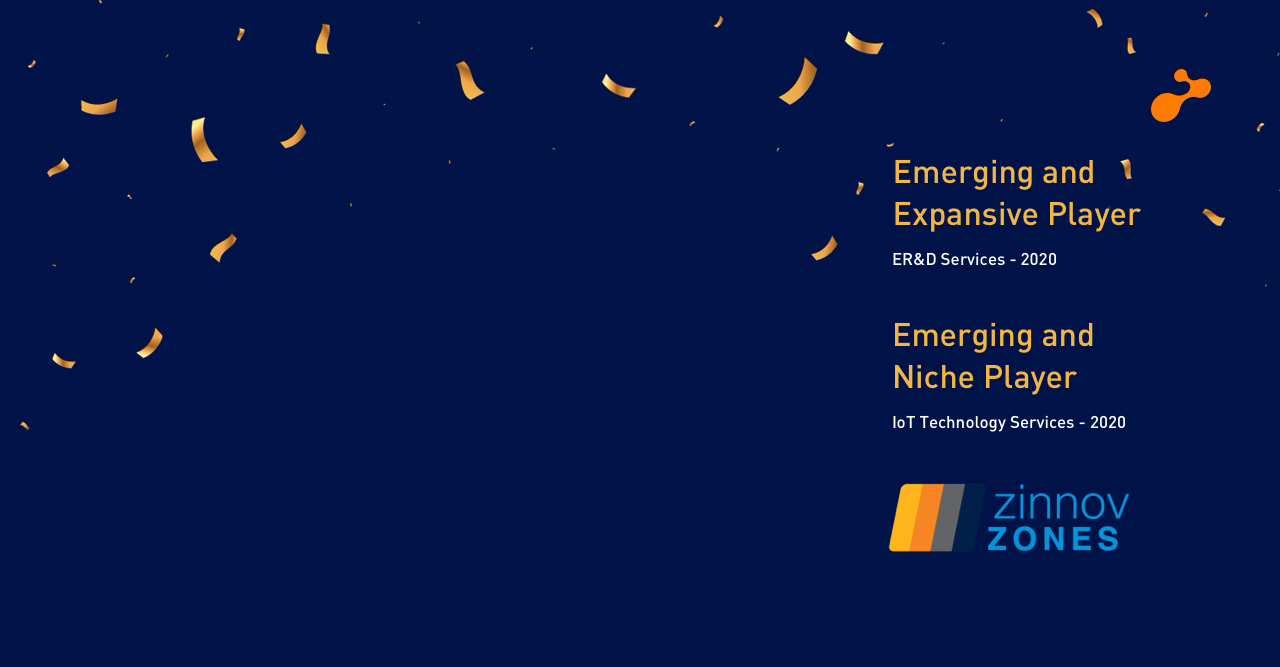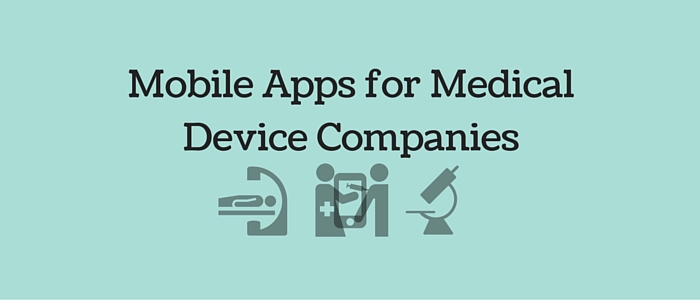Every cash withdrawal at an ATM, every voice mail recorded and received, or a card swipe at the corner of the street; each of these transactions and many other, generate data that is analyzed, replicated and consumed. We call this the digital universe!
Since 2007, technologists have studied this digital universe, tracking the sources of data creation, the technologies used to create it and the trends that impact its rapid growth. The digital universe has evolved from analog to digital; first came computers, then phones went from analog to digital, then came cameras/media and most recently machines have become the major sources of one’s and zero’s.
[one_half last="no"]

[/one_half]
[one_half last="yes"]
These new digital machines generating fresh and ever growing volumes of data are what technologists call Embedded Systems or Internet of Things (IoT). Study indicates that they will account for almost 40% of the digital universe by 2020.
In 2020, the number of people in the world will be approximately 7 billion but the number of things capable of going digital is estimated to be 200 billion. Many of these machines will be quite demanding. 25% of the data generated by these machines will require some kind of response within a minute, some of these responses may be automated, but the rest will require human intervention.
[/one_half]
What is driving the digital growth is that there are simply more things than people which are capable of creating data. Things like smart homes, smart cars or smart health care. The spectrum of ‘smart’ stuff contains an enormous variety of connected objects right from smart dust to an entire city.
Intelligent systems and integrated smartness - all this intelligence provides an opportunity for people to interact in real time with the things in their environment. Technology just doesn’t limit itself to digital locks (where smartphones are used to lock and unlock doors remotely as well as allowing business owners to change key codes rapidly) and Smart buildings (which let owners monitor and manage the operations of the structure). It is rapidly moving towards concepts like the Man-Machine mind meld (where humans would be able to control machines with their mind) and We Robots (where connected robots will increase efficiency by learning from each other).
The challenge will lie in understanding what that data means, drawing insight from it and separating the signal from the noise. IoT can be harnessed only through Cloud-based computing that would ensure that all the connected devices will be monitored, updated and controlled in real time. They would also be able to generate analytics which would help enterprises draw insights about the health of their products as well as anticipate customer needs and beyond.
In the future new areas will emerge, where machine generated data could improve business operations and drive new business opportunities. The new sources of competitive advantages will be technologies, expertise and skills required to turn IoT into the Internet of New Opportunities.

.jpg)



